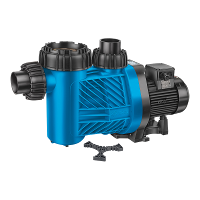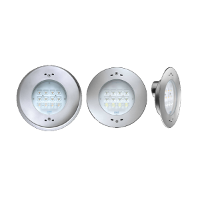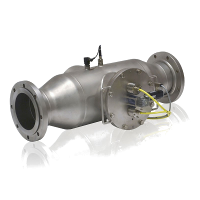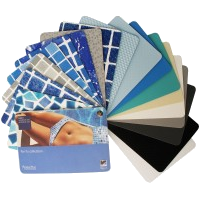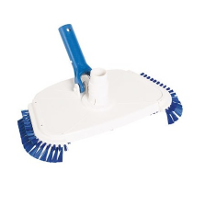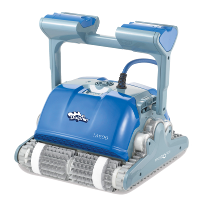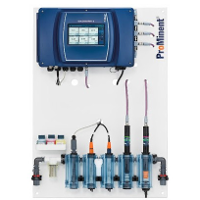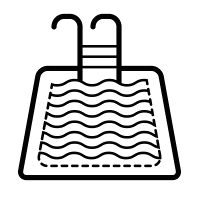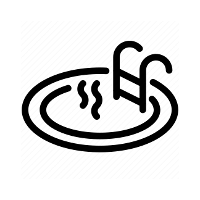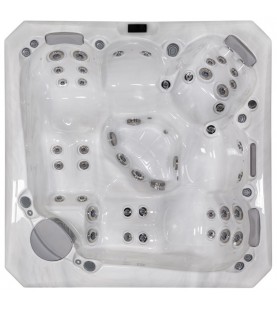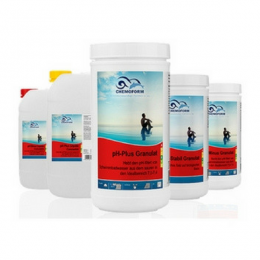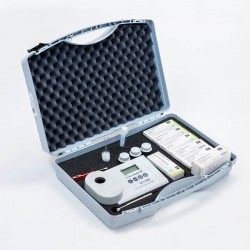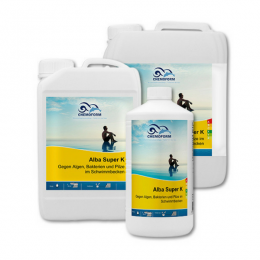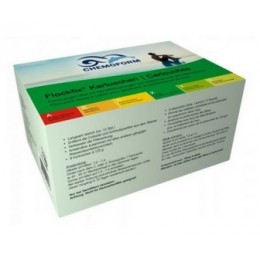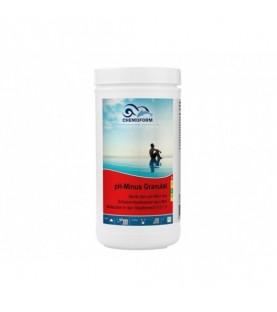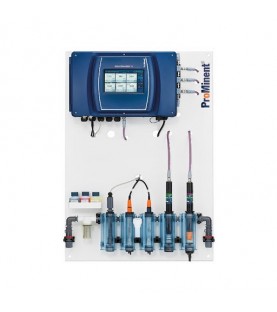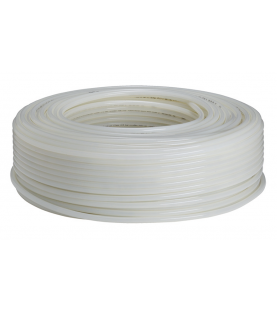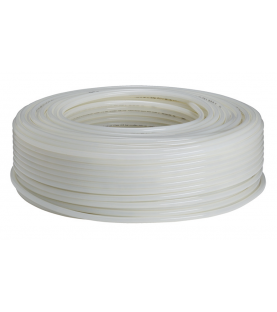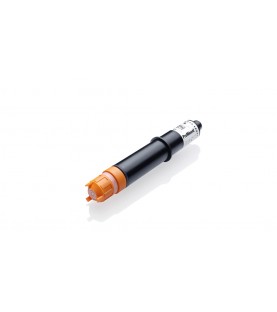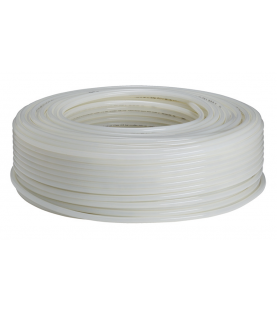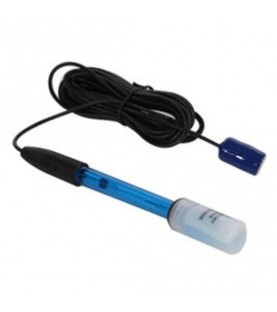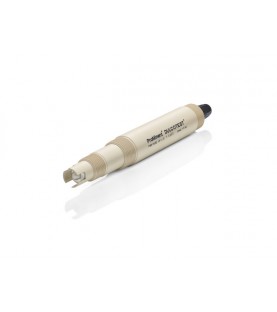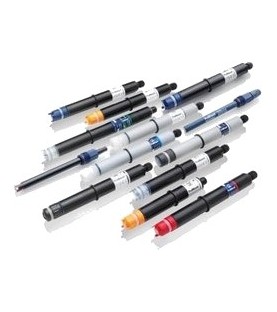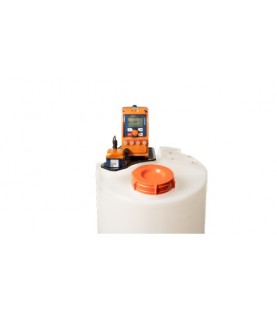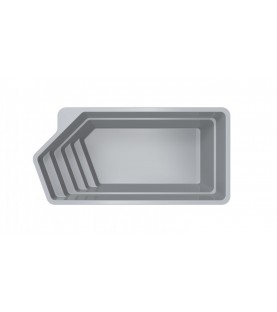
Free Chlorine Sensor CLE | Prominent
The Prominent CLE 3.1-mA is a sensor with a passive 4-20 mA two-wire interface, ie power is supplied externally, for example via the controller. Measuring range: CLE 3.1-mA-10 ppm: 0.1...10 mg/l (nominal slope: 1.2 mA/ppm)
 Information for the buyer
Information for the buyer
All e-shop information
 Delivery/Return policy (edit with Customer reassurance module)
Delivery/Return policy (edit with Customer reassurance module)
Delivery and return policy form our e-shop
 Return/Exchange
Return/Exchange
Return and exchange policy of our e-shop
The Prominent CLE 3.1 Sensor
Chlorine measuring cell CLE 3.1 CAN 0-10 ppmAbout this sensorThe chlorine sensor CLE is a membrane-covered, amperometric two-electrode sensor. With the chlorine sensor you can determine the concentration of free chlorine in surfactant-free water. The water can also be sea water. The CLE 3.1 sensor is characterized by significantly reduced cross-sensitivity to combined chlorine (mono- and dichloramine). Typical applications are: 1) the chlorination of swimming pool water with a high nitrogen load (e.g. private swimming pool) 2) the chlorination of drinking water where ammonium is present (e.g. surface water) or the treatment of water of comparable quality. The sensor is available with a 2-wire interface (mA).
CAUTION
The sensor may only be used in ProMinent in-line probe housings of type DLG III or DGM. This is the only way to comply with the flow parameters! (see chapter 15 ?Technical data?)
At the outlet of the in-line probe housing, there must be a free outlet or a maximum counter pressure of 1 bar.
The power supply to the measuring device and thus to the sensor must not be interrupted. After lengthy voltage interruptions (greater than 2 hours), you must allow the sensor to run in again and calibrate (see Chapter 7.1 ?Run-in time? and Chapter 7.2 ?Calibration?).
ATTENTION
The sensor may only be assembled, installed, maintained and operated by trained and authorized personnel!
Check the sensor regularly for dirt, growth and the membrane cap for air bubbles adhering! (see Chapter 8 ?Resolve errors?)
Observe the applicable national regulations for care, maintenance and calibration intervals!
Layout and function
Structure The CLE sensor is a membrane-covered two-electrode sensor. In principle, it consists of the membrane cap and the electrode shaft. The membrane cap filled with electrolyte represents the measuring chamber. A microporous membrane in the membrane cap opens the measuring chamber to the measuring water for gases. The electrodes of the electrode shaft dip into the measuring chamber. The amplifier electronics are located above the electrodes in the electrode shaft. Above that is the electrical connection. The sensor for temperature compensation is integrated at the bottom of the electrode shaft.
Metric
Free chlorine (HOCI, OCI, Cl2). Free active chlorine is the sum of chlorine gas (Cl2), hypochlorous acid (HOCI) and hypochlorite (OCI). In the working range of the CLE sensor (pH 5.5...8), disinfection takes place almost exclusively via hypochlorous acid. The chlorine sensor only detects hypochlorous acid (HOCI) as a proportion of the freely effective chlorine. Hypochlorite (OCI), which is up to 100 times weaker in its disinfection effect, is not measured.
Function
The chlorine sensor CLE is a membrane-covered amperometric two-electrode sensor. A platinum cathode is used as the working electrode and a silver chloride anode is used as the counter electrode. After the electrical connection of the sensor to the controller, a constant polarization voltage is present at the electrodes. The hypochlorous acid diffuses through the membrane and depolarizes the working electrode. The resulting current flow (depolarization current), which under constant conditions is proportional to the concentration of hypochlorous acid, is converted by the sensor electronics into a standard output signal (4...20 mA) and displayed by the measuring device/controller. The equilibrium of the system HOCI/OCI- is strongly pH-dependent. As can be seen from Figure 1, the HOCl concentration decreases rapidly with increasing pH. At pH 7, for example, the proportion of hypochlorous acid (HOCI) in the free chlorine is around 77%, but at pH 8 it is only 25%. Since the CLE only measures hypochlorous acid, the measurement signal is very pH-dependent. The cross-sensitivity of combined chlorine (mono-, dichloramine) is significantly reduced with the CLE 3.1 sensor, so that even at higher pH values (up to 8.0, with pH compensation integrated in the measuring device up to 8.5) this can be done in small concentrations present free active chlorine can be reliably determined. storage
Storage and transport temperature 5 - 50 °C Air humidity max. 90% rel. Humidity, non-condensing Shelf life of sensor and electrolyte in original packaging 1 year NOTE If the sensor has been stored for too long, send it to ProMinent for inspection or overhaul. Otherwise we can no longer guarantee the safe function and measurement accuracy.
Contents
1 sensor CLE with membrane cap and clamping ring
1 bottle of electrolyte (100 ml)
1 operating manual
1 screwdriver


